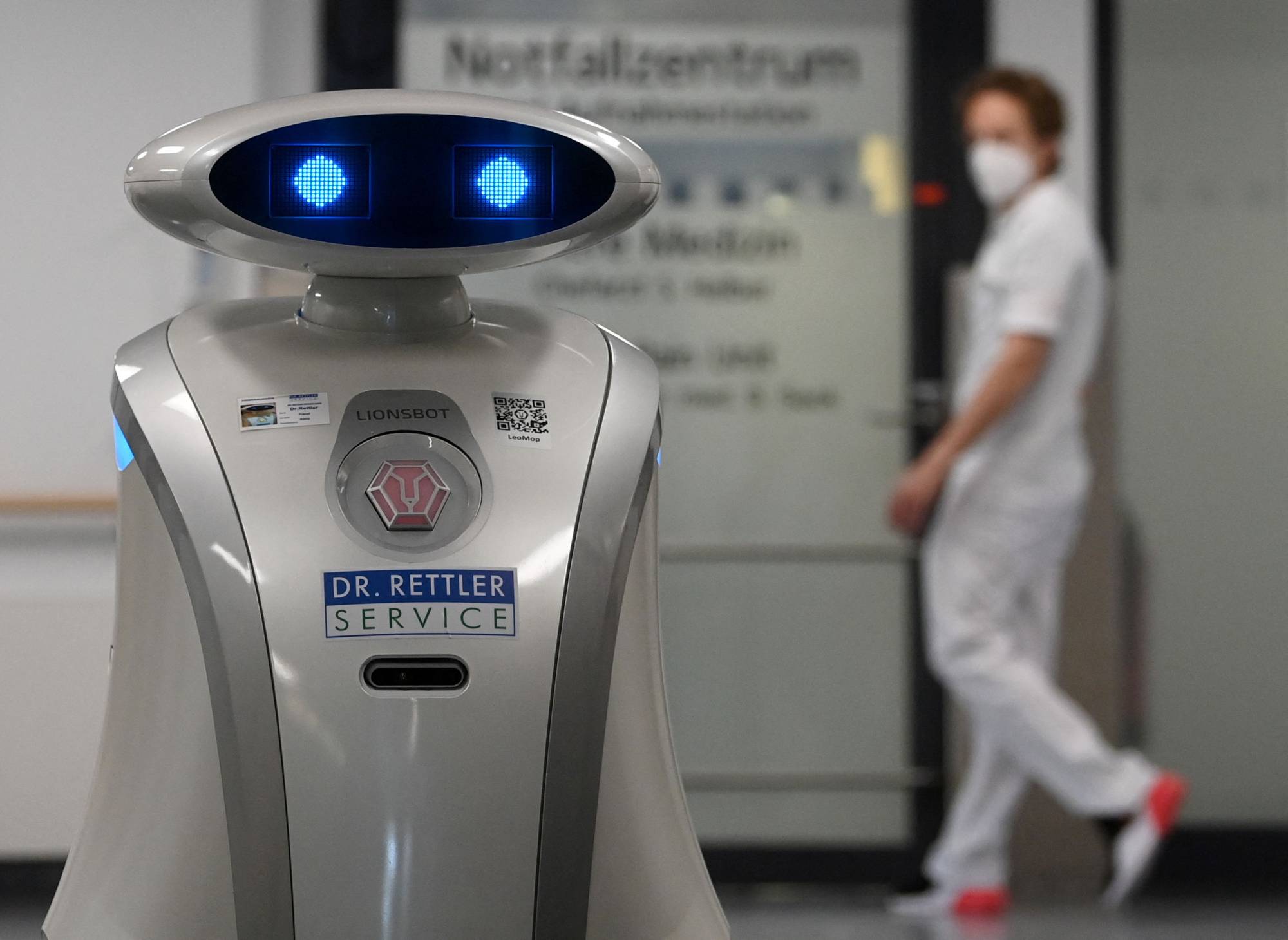Perhaps no single aspect of the digital revolution has received more attention than the effect of automaton on jobs, work, employment and incomes. There is at least one very good reason for that — but it is probably not the one most people would cite.
Using machines to augment productivity is nothing new. Insofar as any tool is a machine, humans have been doing it for most of our short history on this planet. But, since the first Industrial Revolution — when steam power and mechanization produced a huge, sustained increased in productivity — this process has gone into overdrive.
Not everyone welcomed this transition. Many worried that reduced demand for human labor would lead to permanently high unemployment. But that didn’t happen. Instead, rising productivity and incomes bolstered demand, and thus economic activity. Over time, labor markets adapted in terms of skills, and eventually working hours declined, as the income-leisure balance shifted.

















With your current subscription plan you can comment on stories. However, before writing your first comment, please create a display name in the Profile section of your subscriber account page.